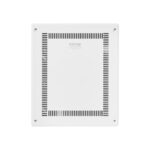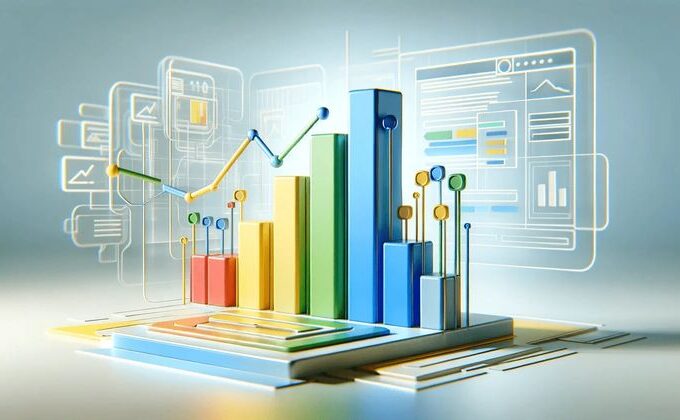In the modern environment-friendly society, sustainable packaging is gaining momentum. With customers considering more and more the environmental impact of their purchases, companies are shifting to a method of solutions that not only protect the product but also the planet. Sustainable packaging is not only a passing trend, it is also an important initiative towards the satisfaction of waste-reduction and generation of a greener future.
Give yourself a taste of how great it would feel to get your favorite product out of the box made with packaging that you are confident will not remain in landfills and take several decades to even decompose. Imagine resources that can go back to nature without causing any dents. It is not just speculation, but new methods of material science are making it a reality.
The decision to use both sustainable materials and packaging boxes is not just an ethical decision, but also a business move that can be quite clever. So why do these materials matter and what are some of the alternatives to come up with strong, effective and environment friendly packaging solutions?
Benefits of Using Sustainable Materials for Packaging Boxes
Ensure products stay safe and secure during transit with durable packaging boxes designed to withstand pressure, moisture, and rough handling. Ideal for shipping, storage, or retail, these boxes provide reliable protection in every environment.
Green materials to wrap up boxes are rich in benefits. They also truly diminish the environmental damage, they help in conservation of natural resources and also limit wastes.
Utilization of these materials increases the reputation of the brand. Eco-friendly practices are more enticing to consumers and with that, sustainability has become a selling point capable of improving customer loyalty.
It is cheaper as well. Although there are certain solutions to sustainability that might be more costly in the short-term, in the mid-to-long term they can be less expensive due to decreased disposal costs and better recyclability.
Furthermore, the unique systems of packaging can be developed on the basis of the innovative designs that utilize the material that can be considered as sustainable. Such innovativeness is not only attention catching, but also value addition to consumer experiences.
Sustainability would enable the businesses as well as consumers to have a responsibility. It reminds about the consumption patterns and induces the society to have greater ecological awareness.
Types of Sustainable Materials for Packaging Boxes
The idea of sustainable packaging has become popular, with different materials taking the front line. The two types have their own benefits when it comes to eco-friendly brands.
A contemporary solution is represented by biodegradable plastics. They are eco-friendly, recyclable and come in renewable resources which break down naturally. This would create fewer plastic wastes in the landfills and oceans.
The other common alternative is that made of recycled paper and pulp. The reutilization of existing resources saves much refuse. These fibers may be converted into sturdy boxes at the same time having a good look.
There is also packaging using mushrooms. It is compostable as well as biodegradable by nature that offers an interesting alternative that revels on the natural processes.
Then there is bamboo which grows fast. Bamboo is able to produce lightweight but hard containers.
These two new materials demonstrate the possibility of businesses to go green and still satisfy the needs of customers.
Biodegradable Plastics
Approach to the innovation in terms of plastics packaging is biodegradable plastics. These are the types of materials that would decompose with time causing less distraction to the environment.
Biodegradable plastics are made of renewable items such as cornstarch or sugarcane and can be used as a more environmentally friendly alternative to conventional petroleum-based plastic. When they decompose they cause fewer pollutants and add to the soil health.
These sustainable solutions are the choice that many enterprises are choosing nowadays. They are in line with the consumer need for greener products as well as sticking to more stringent measures on waste disposal.
Another there is versatility; biodegradable plastics can be shaped into different shapes and sizes thus can be utilized in all sorts of applications. Such flexibility precludes the possibility that companies have to sacrifice aesthetics and functionality of design by selecting environment-friendly alternatives.
Converting to biodegradable plastics would help brands to improve their sustainability record and gain popularity among environmentally-conscious users seeking to find responsible options in their packaging.
Recycled Paper and Pulp
One of the best options of sustainable packaging is recycled paper and pulp. These are post-consumer waste materials which implies that they will alleviate pressure created on the virgin fibers. It is not only economical in use of natural resources but also reduces the waste in the landfills.
Packaging with recycled papers saves a lot of energy that is required during manufacturing as compared to manufacturing new papers using raw materials. It also reduces carbon emissions to a significant extent and is therefore a green alternative when it comes to business. Moreover, a substantial number of shoppers have been on the lookout to buy brands with sustainability in mind, thus a choice of recycled material can boost brand power and facilitate marketability.
Pulp is another flexible material which is widely employed in the packaging design. It is one of the lightest but the strongest materials and offers a sufficient quantity of protection over products, not only in terms of ease of molding into different shapes and sizes. The chemical processing involved in making is usually minimal, passing it off to an even lesser impact to the environment.
Recycled paper as well as pulp provides real life advantages without aforementioned disadvantages. They can remind us that sustainability does not need to compromise delivery nor appearance in product packaging solutions. Adoption of such materials will go a long way in creating a greener future thus satisfying the needs of consumers.
















